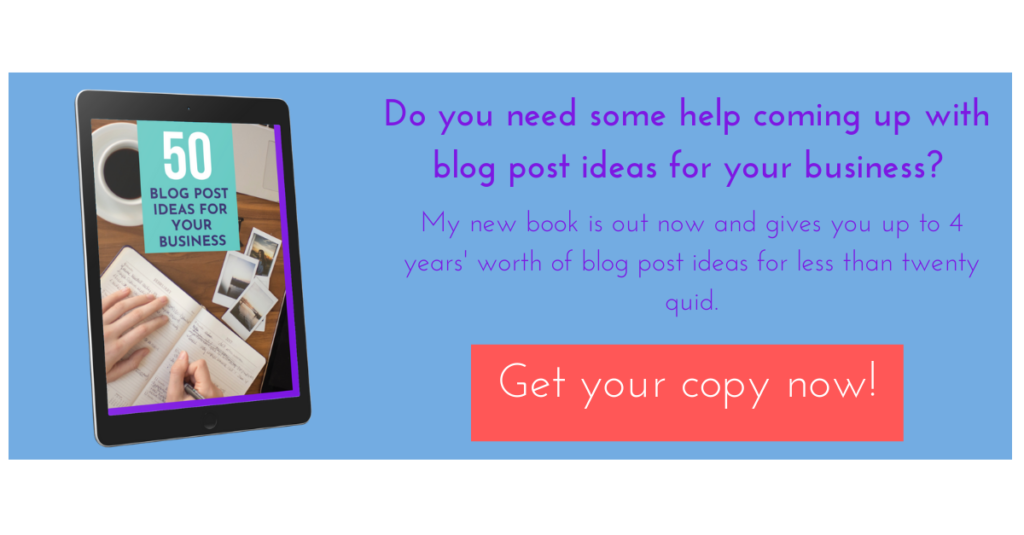
You’ve seen clickbait even if you’ve never heard the word before. You might even have clicked through. They’re those posts with headlines like “you won’t believe what this 80s soap star looks like now” and “the groom burst into tears on his wedding day – the reason will shock you”. The dictionary definition talks about content that’s designed to attract attention and encourage people to click through. Sounds pretty good, doesn’t it? As small business owners we’re all trying to create content that will bring engagement to our social media platforms and visitors to our website. But if you’re tempted to attract visitors with clickbait, don’t. Here are just a few reasons why.
Your business depends on trust
One of the biggest problems with clickbait is that the preview that persuades you to click rarely matches the content. Plenty of stories are emotional but it’s rare for something to be genuinely shocking – if it was it would probably be headline news. The trouble with clickbait is that it gets plenty of traffic by promising something sensational but usually doesn’t deliver. That’s fine if your business generates revenue by having lots of channels and plenty of people who want some mindless fun and are willing to click through to get it. Small business owners don’t work that way. We have limited time and resources and our marketing needs to build trust. Throwaway articles just don’t do that.
You won’t get the visitors you want
How do you build trust with your customers? You post useful content that helps them solve problems and demonstrates your expertise. An important part of that is making sure that your blog’s headline tells them what to expect. Imagine if the headline to this post had been ‘doing this will DESTROY your business’. Then you click through and find out it’s about clickbait and think ‘I’d never do that anyway.’ The contents of this post aren’t going to be useful to you at all. With the current headline you might have clicked through because you’d considered trying some clickbait or because you’d never thought about what the issues could be. Either way, I hope you’re learning something. Being upfront in your headlines mean that you get the visitors you can actually help.
Google hates clickbait
If you’re writing a blog because you want to make it easier for people to find you in a search, getting lots of traffic really helps. It would be easy to think of clickbait as a great way to do this. Unfortunately, it’s the wrong kind of traffic. When Google sends its spiders out to rank your site, it doesn’t just look at the number of visitors you get. It also looks at bounce rate* and visiting times. If someone lands on your site, looks at one page and leaves, that’s not necessarily a bad thing. They might just have been looking for your contact details. But if lots of people do it? It tells Google that visitors aren’t spending time reading your content so it’s much less likely to be authoritative and useful. You really want people who spend a few minutes reading and maybe clicking through to look at other things.
Do you want to know what really works? Writing useful content that helps your audience. That way you can demonstrate your expertise so your readers start to trust you enough to become customers.
*The number of visitors who only look at one page on your site before leaving.
If you need any help with that, get in touch to see how I can help you write content that speaks your customers’ language. Or sign up to my mailing list for hints and tips straight to your inbox every month.











